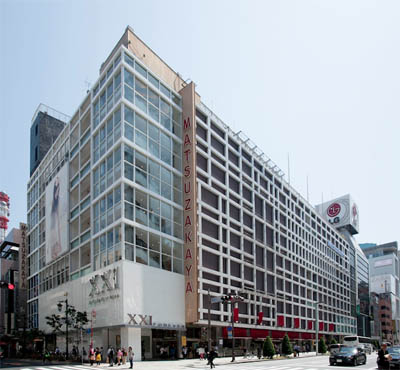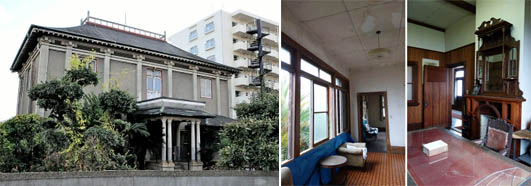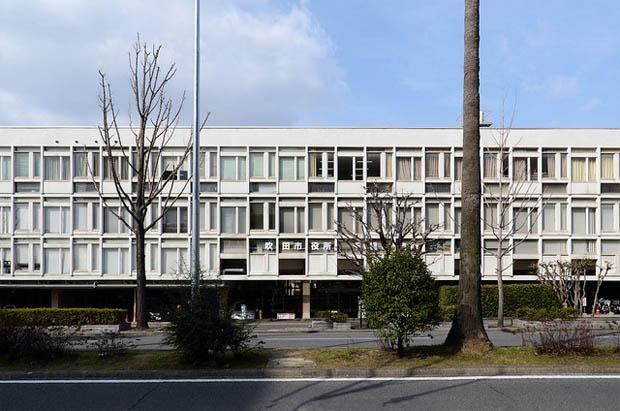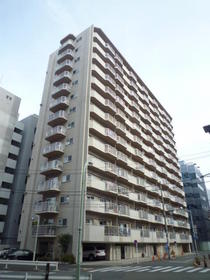Last chance to save the Jonas Residence

Demolition of the historic Jonas Residence has been pushed back to October as the current owner is prepared to sell the house and land for 360 million Yen (approximately 3.6 million USD) if a buyer can be found.
Developer Anabuki Kosan purchased the waterfront property earlier this year and plan to tear it down and replace it with a 10-storey apartment building.Read more
Matsuzakaya Ginza Department Store to close after 89 years
 The Matsuzakaya Ginza Department Store will close its doors on June 30 as the site it occupies is going to be redeveloped.
The Matsuzakaya Ginza Department Store will close its doors on June 30 as the site it occupies is going to be redeveloped.
The department store opened in Ginza the year following the Great Kanto earthquake of 1923, and is the oldest department store in the famed shopping district. At the height of Japan's bubble in 1990, annual sales reached 54 billion Yen. However, revenues began to drop due to growing competition from other department stores, including Mitsukoshi, Matsuya and Printemps Ginza, and an influx of fast fashion retailers. By 2013, sales were down to 10.2 billion Yen. Read more
New law changes voting rights in damaged buildings
 In order to facilitate the demolition or reconstruction of buildings that are severely damaged in a disaster, the members of the Upper House have voted unanimously to revise the law which will reduce the voting rights required by apartment owners before a building can be demolished. Read more
In order to facilitate the demolition or reconstruction of buildings that are severely damaged in a disaster, the members of the Upper House have voted unanimously to revise the law which will reduce the voting rights required by apartment owners before a building can be demolished. Read more
Kobe City to urge developer to protect Jonas Residence

The local assembly of the Kobe City Council have accepted a petition submitted by local residents fighting to save the former Jonas Residence in Kobe from demolition.
The property was recently purchased by a developer who has plans to demolish it and replace it with an apartment building. The developer has already postponed demolition until the end of June, but the committee will put pressure on the council to urge the developer to preserve the building or at least postpone demolition to a later date. Read more
Himeji's monorail building to be demolished
 The 10-storey Takaocho Apaato building in Himeji will soon be demolished. The building is jointly owned by the Urban Renaissance Agency (UR) and Himeji City.
The 10-storey Takaocho Apaato building in Himeji will soon be demolished. The building is jointly owned by the Urban Renaissance Agency (UR) and Himeji City.
It's unusual design was considered ground-breaking for its time. While it was under construction, the city purchased the first four floors in order to build a monorail platform for the Daisyogun Station on the 4th floor. The 3rd and 4th floors were opened up to allow the Himeji Municipal Monorail to pass through the building. As it turns out, the station wasn't used by many passengers as it was only 500 meters from the station at Himeji. It was subsequently closed in 1968. Read more
Suita City to demolish modernist building

The Senri Newtown Civic Center Building in Suita City, Osaka, will be demolished next spring as growing maintenance costs put a strain on local city finances.
The modernist structure was designed by architect Togo Murano (1891 - 1984) who was widely regarded as one of Japan's Modern Masters. It was completed in 1964, just two years after the Senri Newtown area was developed. Murano also designed an extension that was made to the building in 1976.Read more
Redevelopment difficulties for 'non-compliant' apartments

The Ministry of Land, Infrastructure, Transport and Tourism (MLIT) estimates that there are 5.9 million condominium apartments across Japan. One in four people in Tokyo live in a condominium, while approximately 20% of residents in Osaka and Kyoto live in one. Of these apartments, 1.06 million are in buildings that were built to the older earthquake codes (kyu-taishin). The current codes (shin-taishin) were introduced in 1981. Over the next 10 years, the number of apartments over 40 years old is expected to quadruple, creating an overwhelming number of ageing and deteriorating buildings. Yet, there have only been 180 cases of reconstruction to date.
One residential building currently facing an uncertain future is Toa Parkside Castle in Tokyo's Ota-ku. Located in a commercial district just two minutes from Omori Station, the 14 storey kyu-taishin building was completed in 1971, making it 42 years old. There are 94 apartments and a total floor area of 6,360 sqm.Read more
